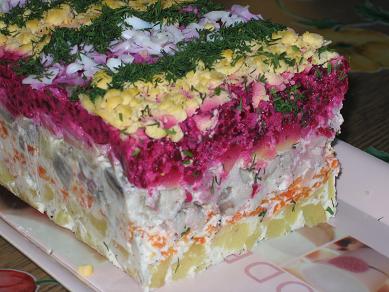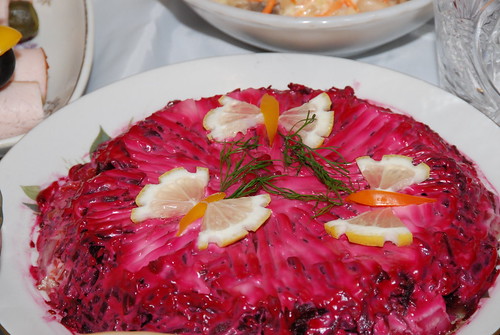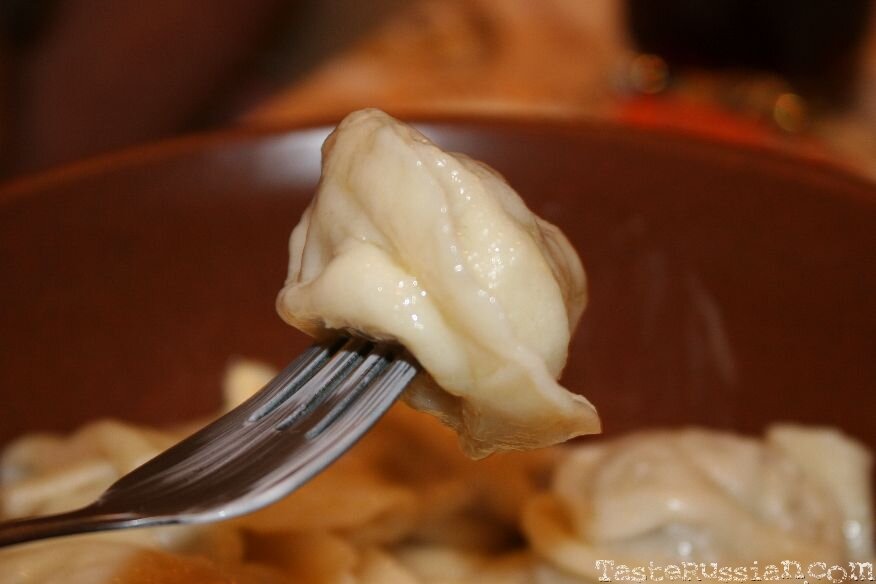Every country has its national dish .Please post your national dishes in the comments and I will post them on this blog .
I want to share my national dishes .My country is Russia and here are some traditional Russian dishes.First of all ,I want give short introduction about Russian food .
Russia is mainly a northern country with long-lasting cold winter. The food should give us much energy and warmth to survive during the winter time. So, the essential components of Russian cuisine are the ones, which provide more carbohydrates and fat rather than proteins. Fresh fruits and vegetables are rarely used in food. So, the top five components of a Russian meal are:
Potato (boiled, fried, baked, potato chops, potato pancakes, potato soup, smashed potato)
Bread (bread, toasts, bread-crumbs)
Eggs (boiled, fried)
Meat
Butter (usually added in all meals and spread on bread)
Also popular: cabbage, milk, sour cream, curds, mushrooms, cucumbers, tomatoes, apples, berries, honey, sugar, salt, garlic, onions.
To cook, you will need vegetable oil, salt
The most well know Russian dish is called pelmeni :
type of
dumpling consisting of a filling that is wrapped in thin unleavened
dough.We usually make it with ground meat ,or it can also be filled with mashed potatoes ,potatoes and cabbage,cherries and etc..
I think its kind of similar to the Turkish manti?If I spelled it right ?
We eat it with sour cream or butter, or sometimes we use a different dipping ,that can be vinegar with black pepper or other kind of dipping.
In different Russian regions there are different traditions . The region I am from is Ural ,and its well know for good pelmeni :).
Another well know Russian dish is called Borsch ,or probably it mostly known as Russian beet soup .
It is heavy soup with meat ,bets ,tomatoes ,sometimes carrots ,onions ,cabbage and potatoes .
Here is a simple recipe for how to make it .
It also depends on the region ,and in different region people make it different way ,but in general its the same.
Ingredients:
2 red beets, peeled and diced
1 potato, chopped into bite-size cubes
1 carrot, peeled and diced
1 rib of celery, diced
1 cup of shredded green cabbage
4 cups of meat broth
1 cup of crushed tomatoes
Fresh dill (optional)
Sea salt and ground black pepper (optional)
Directions:
Boil the meat for an hour and make a meat broth.
Put potatoes ,shredded cabbage ,and beats in a broth and bring to a simmer. Cover and cook until red beets and potatoes are tender, usually between 20 and 30 minutes.Add salt and pepper to taste .
At the same time ,put little bit vegetable oil in a pan ,2 table spoons,add onions ,carrots and tomatoes and fry it for 5-10 min .Then add it to the soup ,and cook for another 10 min.
Add dill and parsley at the end and your soup is ready.
Try this delicious and hearty soup with a slice of toasted rye bread and a fresh vegetable salad.
You can also put a sour cream and mix it with the soup ,when you eating it .
Russia is also famous for its pirogi(pies) and different bakery .
Pirogi can be stuffed with meat ,potatoes ,cabbage ,berries ,apples ,cherries and can be baked or fried ,and can be different sizes and shapes .
Another 3 popular dishes are these varieties of salads.
One of them is called Olivier, or in my region its called Winter salad
Its very easy to make .
Its made out of boiled potatoes ,boiled carrots ,sausage(use halal beef sausage instead),boiled eggs,sometimes we add cucumbers,green onions ,dill and parsley and green piece
Everything is cut in small pieces and then we add mayonnaise and mix it all together.
Another salad ,that is mostly made for some kind of special occasions ,its a beet salad .There is no way to translate its name .So I will just write about it and you can name it :)
Its made in layers of salted fish at the bottom ,boiled potatoes ,boiled carrots,onions and cooked beets and mayonnaise on the top .



Then it is decorated with something on the top ,like fresh dill or onions.
The other salad is called Vinigret .
Its also has similar ingredients .

Its made of boiled carrots ,boiled potatoes ,boiled beets ,onions,and also salted cabbage or Sauerkraut (Sourcrout) and then we add vegetable oil as a dressing and mix it all together .You can add dill and parsley also.
Waiting for your comments with your national dishes
































 Architectural-decorative art holds a prominent place in the arts and crafts of Uzbekistan.
Architectural-decorative art holds a prominent place in the arts and crafts of Uzbekistan.























